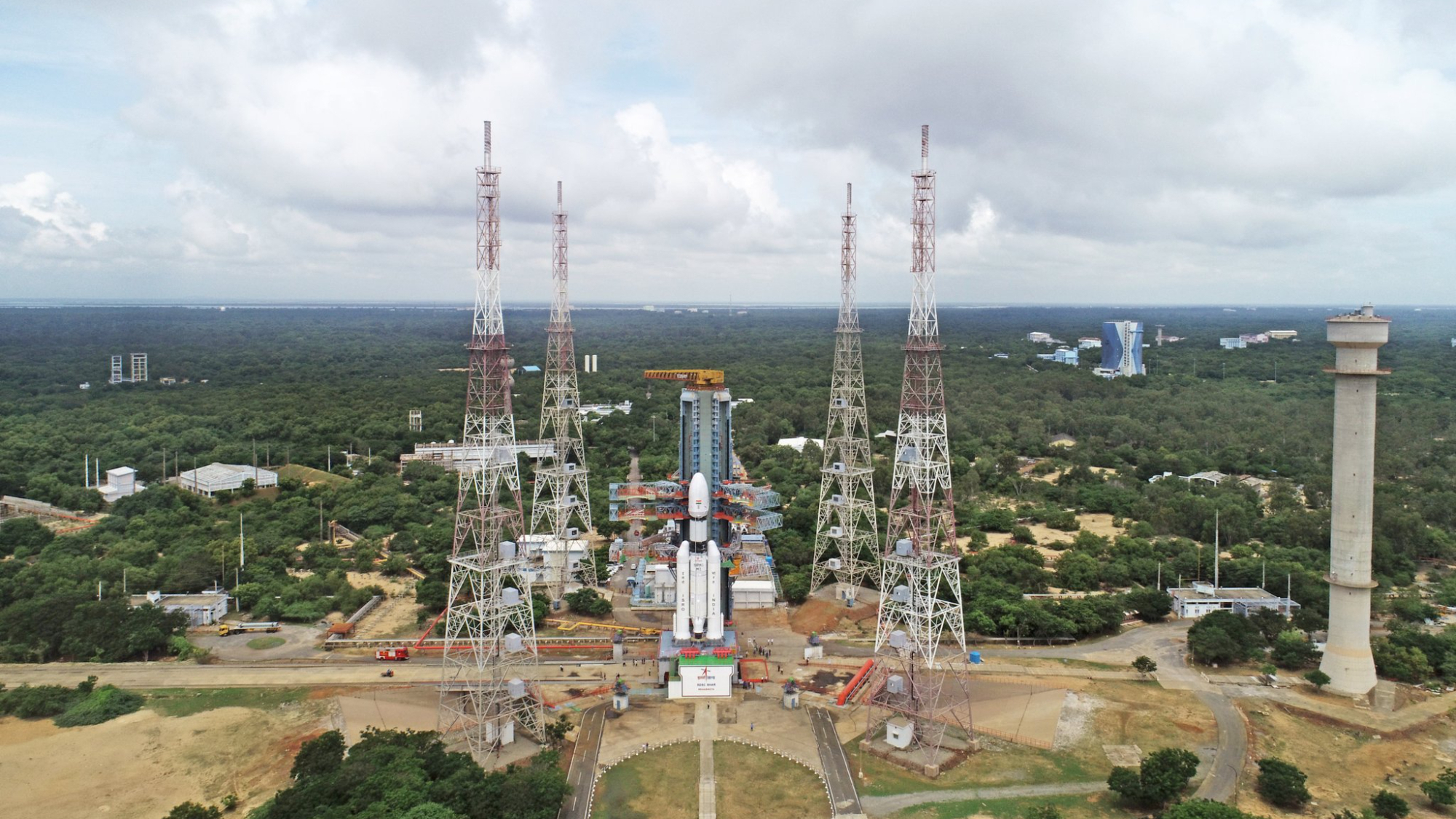Possible Taurid Fireball Dazzles Southern California
Wednesday night at around 8pm PST, local news stations received numerous reports of a bright fireball over Southern California. Residents throughout Los Angeles county, San Diego and desert cities reported seeing a bright object breaking up as it traveled through clear skies. Eyewitnesses quoted by regional NBC stations said they saw a "trail of debris" consistent with a meteor, while others mistook the fireball for a huge firework.
PHOTOS: Astronomy Photographer of the Year 2013 Award Winners
A San Gabriel resident reported seeing a "bright yellowish and blue" fireball, reports the Daily Breeze. In addition to what appears to be a single, large meteor over California, sightings of bright meteors have been reported in Utah, Arizona and Nevada.
As a Los Angeles resident myself, I'm sad to report that I wasn't fortunate to witness the alleged large meteor, but there is footage of the event via YouTube (above) that appears to show a stationary vehicle's dashcam footage of a fireball (although the location of where the footage was taken is unknown).
PHOTOS: Winter Treats for Amateur Astronomers
This event has caused a stir on social media networks (including the inevitable hoaxes), but it is worth pointing out that our planet is currently being peppered by cometary debris. The debris originates from Comet Encke that is passing through the inner solar system. It's very likely that tonight’s event is linked to the Taurid meteor shower, caused by Encke, that peaks from Nov. 5 thru Nov. 12, according to SPACE.com. Taurid meteors radiate from the constellation Taurus, hence their name.
Although this meteor shower is one of the lesser known events of the year, the Taurids are known to produce abnormally bright meteors — or “fireballs” — as chunks of comet slam into the Earth’s atmosphere. But you have to be patient, on average only 10 to 15 meteors may be spotted per hour.
Breaking space news, the latest updates on rocket launches, skywatching events and more!
As tonight has so far shown, never discount any meteor shower, you never know what kind of display you’ll get.
Editor's note: If you have an amazing night sky photo of Taurid meteors that you would like to share for a possible story or image gallery, please contact managing editor Tariq Malik at spacephotos@space.com.
This article was provided by Discovery News.
Join our Space Forums to keep talking space on the latest missions, night sky and more! And if you have a news tip, correction or comment, let us know at: community@space.com.
Ian O'Neill is a media relations specialist at NASA's Jet Propulsion Laboratory (JPL) in Southern California. Prior to joining JPL, he served as editor for the Astronomical Society of the Pacific‘s Mercury magazine and Mercury Online and contributed articles to a number of other publications, including Space.com, Space.com, Live Science, HISTORY.com, Scientific American. Ian holds a Ph.D in solar physics and a master's degree in planetary and space physics.
